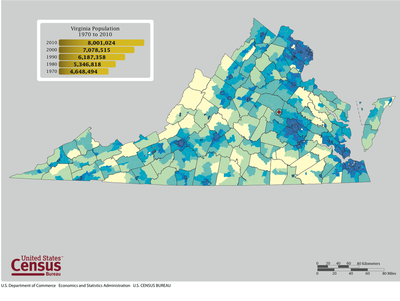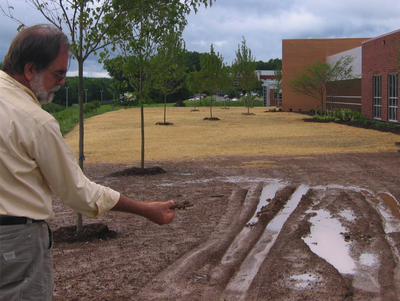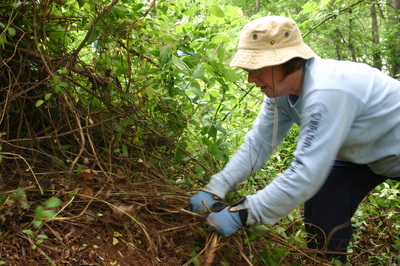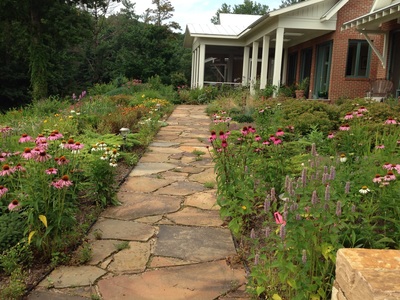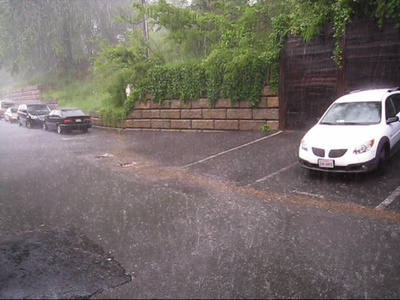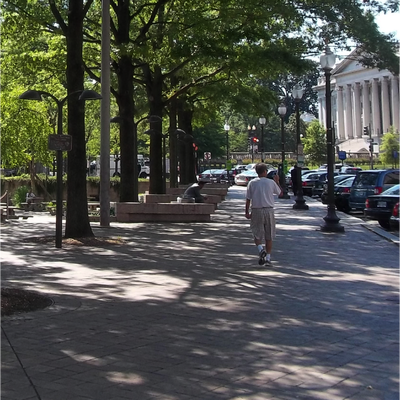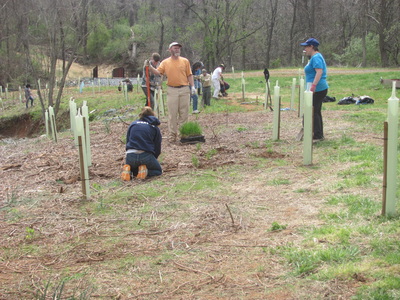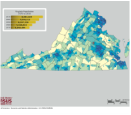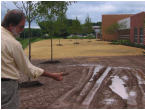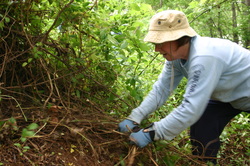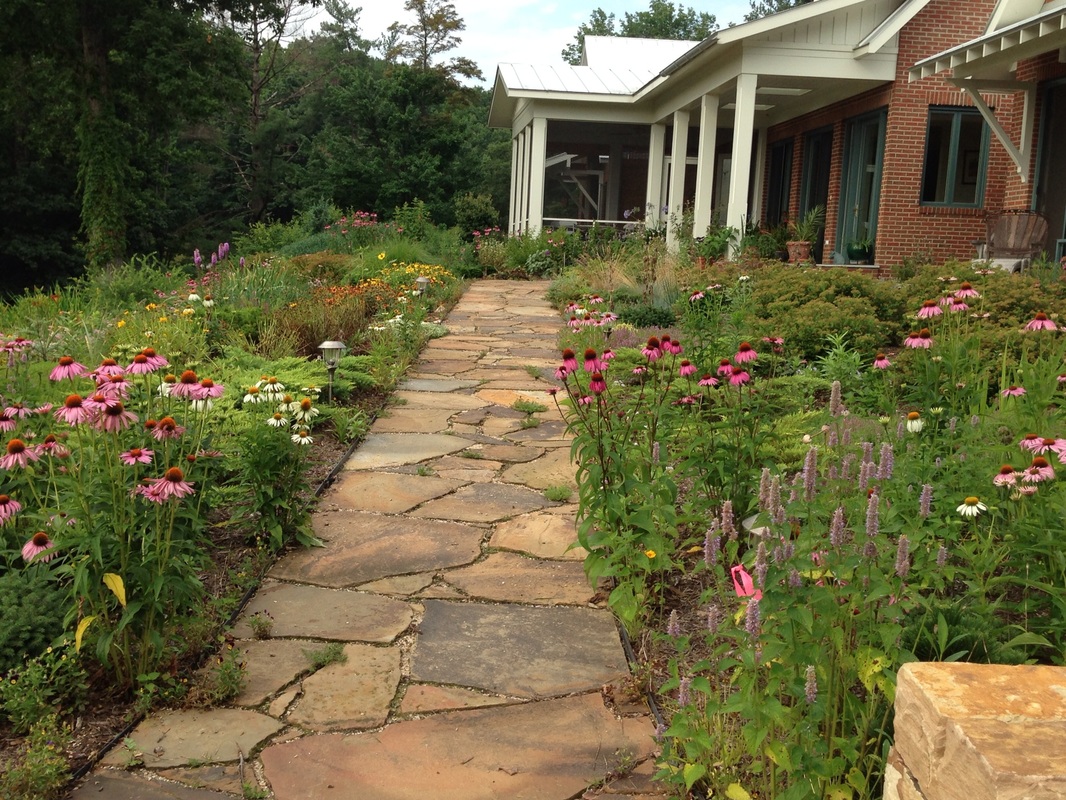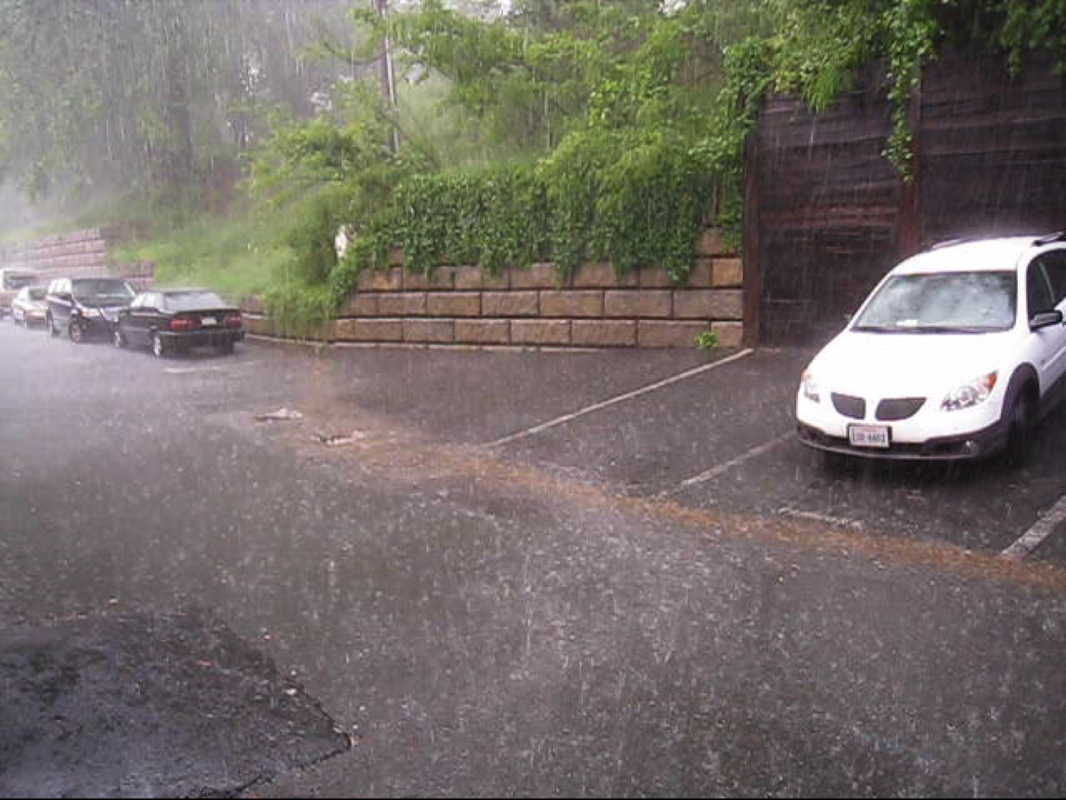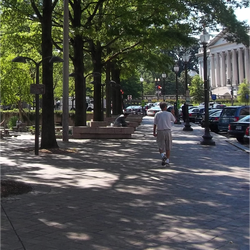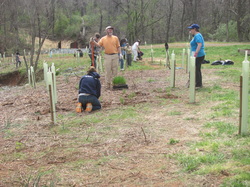Virginia Master Naturalist Basic Training Curriculum
Urban and Developed Systems Ecology and Management
|
This page contains numerous curriculum resources that may be used flexibly by Virginia Master Naturalist chapters and trainees to meet their learning needs. These resources also are available to other volunteer programs and the public for their use, but please note that watching or reading these materials cannot substitute for enrolling in and completing a basic training course with a VMN chapter in order to become a Virginia Master Naturalist volunteer. Thank you to the numerous people who contributed to the creation of these materials, including Alycia Crall (VT/VCE), Susan Day (VT), Adam Downing (VCE), Carol Heiser (VDGIF), Jim McGlone (VDOF), Ellen Powell (VDOF), Lou Verner (VDGIF-retired), Jonah Fogel (VT), and Eric Wiseman (VT), as well as many volunteers and online sources who provided images. Michelle Prysby, VMN Special Projects Coordinator, served as the lead author and project coordinator. Funding for the development of the Urban and Developed Systems curriculum was provided by the Virginia Department of Forestry through their Urban and Community Forestry grants program. |
Give us your feedback on these curriculum materials!
|
Learning Objectives
|
Introductory VideosWhat: Short videos to introduce volunteers to the topic of Urban and Developed Systems and to some of the state agency personnel and other individuals working in this arena. Possible uses:
This video is a great introduction to the extent and importance of urban forests in our communities. This video gives some examples of the ecosystem services that urban forests provide. Impacts of Urbanization on Wildlife Habitat: A Conversation with Carol Heiser, Virginia Department of Game and Inland Fisheries
This video is an interview with Carol Heiser, Education Manager and Habitat Education Coordinator with the Virginia Department of Game and Inland Fisheries. She describes some of the impacts of development on wildlife habitat and offers ideas for how property owners can improve habitat on their land. Carol is a member of the VMN Steering Committee. We interviewed her at the Virginia Master Naturalist program office and nearby local parks in Charlottesville, Virginia in May 2015. You can also watch it at video.vt.edu. The Importance of Urban Forests: A Conversation with Jim McGlone, Virginia Department of Forestry
This video is an interview with Jim McGlone, Urban Conservationist with the Virginia Department of Forestry, during which he describes the importance of urban forests to the environment and to humans. Jim is a chapter advisor for the Fairfax Chapter of the Virginia Master Naturalist program and a member of the VMN Steering Committee. We interviewed him in his office in Fairfax, Virginia in May 2015. You can also watch it at video.vt.edu. |
Background ReadingsMost Recommended Readings
Supplemental Readings
How-To Guides
Online Tools and Software
Above and Beyond, for those seeking more in-depth information
|
Presentation VideosWhat: A three-part set of online videos of PowerPoint presentations with narration. Combined, they are approximately 30 minutes long. Possible uses:
User Notes: Please note that you can make the video full-screen and toggle the closed captioning on and off. Please also note that these videos are intended to be used in conjunction with the handout provided below. You can also watch these videos at video.vt.edu: Part 1, Part 2, and Part 3. Note for VMN Basic Training Chairs and Course Instructors: Basic training chairs for VMN chapters may contact the state office for access to the full Powerpoint file and script. Both the Powerpoint and the script may be used and adapted for your courses. Please pay attention to the image license restrictions listed in the notes section for each slide in the Powerpoint file. VMN Urban and Developed Systems Presentation – Part 1
VMN Urban and Developed Systems Presentation – Part 2
VMN Urban and Developed Systems Presentation – Part 3
|
Presentation HandoutWhat: A four-page handout that matches up with the presentation. It is best printed in color, but black and white is acceptable.
Possible uses: The handout is meant to accompany the PowerPoint presentation or the videos, so if an instructor is using the presentation in class, he/she should distribute the handout in lieu of a handout containing all the slides. It is not recommended that you print the slides for a handout, as they are almost entirely image-based and would not make good reference material. Note: We have provided the handout in both PDF and MS Word formats. You may adapt the MS Word version to fit your chapter by, for example, adding additional, relevant volunteer projects to the list provided. |
Activity Lesson PlansWhat: Lesson plans for two interactive activities, called “Developed Systems Scenarios” and “Investigating Online Tools for Urban Forestry.” Possible uses: There are two activities provided that can be used during class time to encourage trainees to apply the material they have learned and to break up lecture time with an interactive exercise. The lesson plans are written so that they may be led by a non-expert, including VMN volunteers. |
Evaluation MaterialsWhat: Evaluation packet consisting of a summary form to be completed by the chapter’s training chair and individual evaluation forms to be completed by chapter trainees. Possible uses: We would like to have you help us evaluate the effectiveness of these materials for meeting program goals. We request that chapters using any of these materials have their trainees complete the evaluation form. The training chair or coordinator for that class should complete the cover sheet and return the cover sheet and all individual forms to the VMN statewide program office. |

